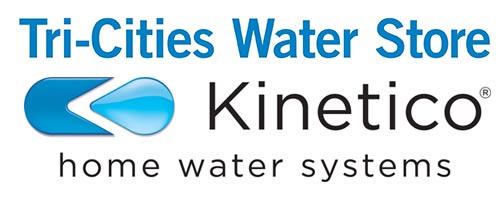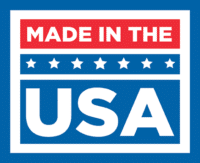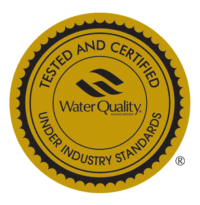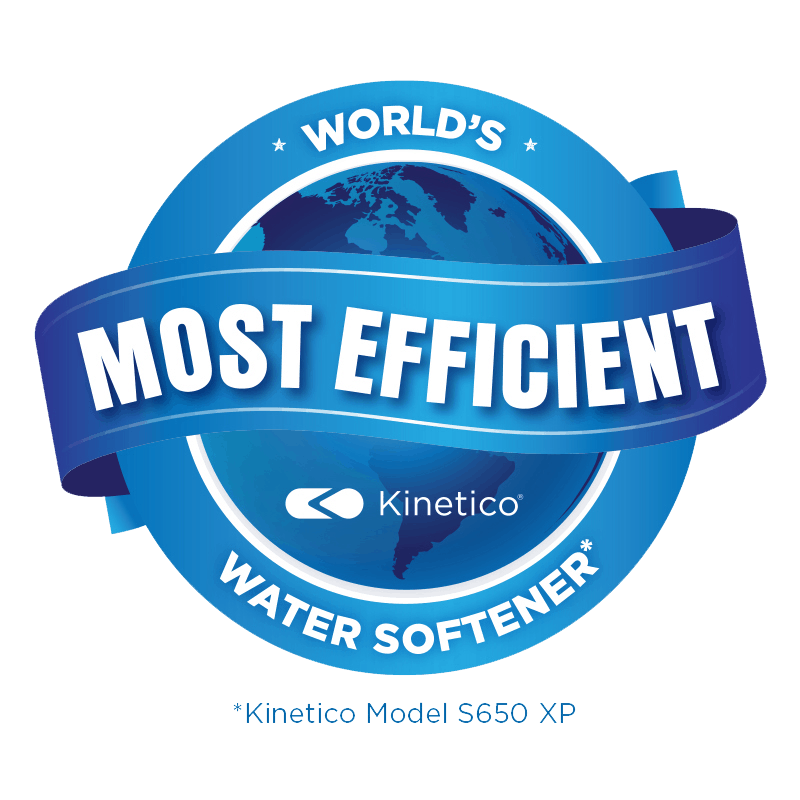Frequently Asked Questions
Water HealthWater Health
Do Kinetico water softeners add sodium or salt into the water I will drink?
All water softeners work on a principle known as “ion-exchange” where hardness mineral ions (typically calcium and magnesium) are replaced with soft sodium ions. The sodium ions are taken from water softener salt which is held in a reservoir with the softener system. Some consumers have concerns that the softener will add extra and unwanted sodium into their diets.
The level of sodium added to water during the softening process depends upon how hard the water is which needs treatment, but even in situations where the water is extremely hard the level of sodium added during softening is not significant. For example, the amount of sodium added to a 236ml (8 oz) “serving” of water which was treated to remove 18 grains-per-gallon of hardness would be around 30 milligrams. In comparison, the same serving size of low-fat milk would contain 120 mg of sodium.
However, those who have been prescribed with ultra-low sodium diets should always consult with their physician. More information and studies showing that softened water does not significantly contribute to the average persons daily sodium intake can be found on the Canadian Water Quality Association’s website.
Doesn’t my municipality already treat and test my water?
If your water comes from a public or municipal water system, it is regularly tested for contaminants regulated by federal standards, such as microbial pathogens, radioactive elements and organic and inorganic toxic chemicals. However, it is important to note that these tests are conducted at the source. Therefore, the quality of water that utilities create is not necessarily a measure of the quality that reaches your home. Over time pipes age and erode, and often water treatment or distribution systems are breached by unforeseen occurrences that result in boil water alerts.
Most municipalities address the issue of delivery to the home by treating water with chlorine to kill bacteria. However, their goal is to meet minimum federal requirements. Chlorine is commonly used to kill organic material in water thereby protecting the public from diseases such as typhoid, cholera and dysentery. It is also great for neutralizing color and odor. Unfortunately, it has come to light that the byproducts of chlorine can cause serious health problems. These by-products have made headlines and research to establish your own comfort level with each is important.
Taking charge of your own water with a Kinetico municipal water solution eliminates your risk of dependence on third party providers and allows you to specifically remove the health risks that concern you.
Isn’t bottled water better for you than tap water?
While bottled water is generally of good quality, Federal standards for bottled water are no stricter than standards for tap water. That means that federal regulations only require bottlers to test for a handful of the hundreds of known chemical contaminants. But there are other issues to consider such as cost, convenience and usability. It is a lot less expensive to own your own Kinetico K5 Drinking Water Station when you consider the time and costs associated with bottled water. Also, your Kinetico drinking water system will allow you to use the water for many purposes including cooking without rationing. Treating your own water at home will eliminate the need for storing bulky plastic bottles and supply you with unlimited water, right on tap, at prices per litre that are considerably less than buying bottled water.
Another issue is that the use of bottled water is environmentally questionable when one considers the unnecessary costs of plastic generation, product transportation and empty bottle waste/recycling.
Don’t water filters remove important minerals from my water?
Studies have found that minerals in your drinking water make essentially no contribution to your health and may even be present in forms your body can’t absorb. Minerals in an inorganic state flow through our systems versus minerals in an organic state that are readily absorbed by our bodies. You are much better off maintaining a balanced diet that provides you with an adequate supply of important vitamins and minerals.
However, for those who do want to add healthy mineral into their drinking water, or if you’d just prefer the flavor of water with a bit of mineralization, we offer the Mineral Plus Flexfiltration cartridge which can be included in the Kinetico K5 Drinking Water Station.
How much water should I drink in a day?
One can go weeks without food but only days without water.
Water affects the functioning of our organs and our ability to fight disease. It helps us to maintain a healthy weight and cope emotionally. The positive effects of drinking plenty of quality water can be seen in all aspects of our health and appearance.
In a typical day you lose 2 to 3 liters of water. If you don’t replace it, your body will naturally pull the water away from your skin, nails and hair – the fundamentals of good looks – to the critical systems that need it for basic good health. Drinks with caffeine such as coffee, tea and soft drinks have a limited water replacement value as they are diuretics and therefore promote water loss. Fruit, vegetables and juices all contribute well to water replacement; however, they also contain calories that, for a growing segment of the population, are a problem. Water, on the other hand, is totally calorie free. This is why it is recommended that we drink 8 ten ounce glasses of water each day. It is the most sensible way to meet our fundamental water needs.
What are the effects of the chlorine in our drinking water?
The US has been chlorinating its water supplies for over one hundred years. It is through this treatment method that we have been able to virtually wipe out water-borne diseases such as cholera and typhoid fever.
It is what lies beneath the surface of the population’s concerns over chlorine’s effect on the taste and odor of water that has sparked heated debate. Debate has centered on the safety of chlorine with respect to its potential as a carcinogen.
When chlorine breaks down organic material, it creates byproducts that can damage the heart, kidneys, nervous system and lungs. These byproducts also increase the incidents of certain types of cancer. Many articles have been written about THM’s (trihalomethanes) and their impact on our health. This is well worth your investigation. Data showing these results prompted the Environmental Protection Agency in the United States to respond with limits to the amount of chlorine byproducts permissible in drinking water. Eliminating the byproducts of chlorine should be a primary objective in any personal water treatment plan.
How can I protect myself and my family from lead in drinking water?
Drinking water generally carries lead from plumbing that has been connected with lead solder (outlawed in 1986) or from outdated water distribution lines. There are a number of things you can do to reduce the risk of lead in your drinking water. Some sources suggest running your tap water for a couple of minutes before filling a glass to flush any accumulated lead from the water line (lead dissolves into standing water over time). However, this is not a foolproof solution, as there is no way of knowing whether all of the lead has been removed and since lead can still dissolve into running water.
Never use hot tap water to prepare drinks or meals as hot water attracts more lead than cold water does. If you need hot water, heat cold tap water on the stove or in a microwave.
In their informational brochure, ‘Living Lead Free,’ the American Water Works Association recommends having your water tested for lead to find out whether you should take action. Your local Kinetico water expert can have your water analyzed by a laboratory and help you decipher the results.
Use a carbon drinking water filter or reverse osmosis system that has been certified to protect your drinking water from lead. Check that the manufacturer’s claims have been verified by the Water Quality Association or NSF International; not all systems are certified for lead reduction.
Don’t water filters remove fluoride from my water?
Fluoridated water has been a hot topic of concern in recent years, as scientists and health officials challenge its safety and effectiveness. The issue has always been around effectiveness and the proper control or management. Too much fluoride can be more damaging than having none. Once added to our water supply, fluoride can be tricky to remove. Many common jug and faucet filters are effective at removing large impurities from water, but leave elements like fluoride behind.
Various filtration systems claim to eliminate the fluoride in your water, but consumers should be wary. It is advisable to check that you are using a filtration system that has been certified by the Water Quality Association of NSF international as one capable of removing fluoride additives. The use of a reverse osmosis filtration system is recommended as the most efficient and effective method for eliminating fluoride from your water.
How can I protect my family from Chromium-6 in our water?
If you own a well, you are responsible for your water’s quality. If your water comes from the city, the municipality is doing what it can to provide you with water that meets all quality standards. But are these standards up to your standards? And there’s no telling what happens to the water’s quality on its way to your house.
Studies prove that reverse osmosis systems are more effective at significantly reducing a number of contaminants – like Chromium-6 – in water than other filter options. Take your water’s quality into your own hands. Learn more here.




